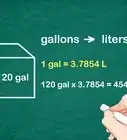This article was co-authored by wikiHow Staff. Our trained team of editors and researchers validate articles for accuracy and comprehensiveness. wikiHow's Content Management Team carefully monitors the work from our editorial staff to ensure that each article is backed by trusted research and meets our high quality standards.
This article has been viewed 50,579 times.
Learn more...
A kilogram is a unit of measuring mass, while a Newton is a unit of measuring force. Newtons, in SI (metric) measurements generally have units of kg-m/sec. squared. Nevertheless, by convention, a Newton can be converted to what is called kilogram-force units. If you learn the conversion factor between Newtons and kg-force units, you can very easily convert from one to the other. You can also find conversion calculators online. You can also use some advanced handheld calculators to perform the conversion very quickly.
Steps
Converting Newtons to Kilograms by Hand
-
1Learn the conversion factor. You can learn from many tables or textbooks that one Newton is equal to 0.10197 kilograms of force.[1] A useful way to write this figure is as a conversion ratio, . By writing the conversion in a fraction that way, it should remind you that the two are equal, and the value of the fraction is 1.
- Recall that any fraction in which the numerator and denominator are equal has a value of 1. This is important in conversions because you can multiply any number by 1 without changing its value, but you can convert the units.
-
2Set up your conversion equation. If you have a number of Newtons that you wish to convert to units of kg-force, you can use the conversion factor to set up a simple equation. As long as the conversion term is equal to 1, the value of the measurement will be the same.
- For example, suppose you have a measurement of 5 N that you wish to convert to kg-force. Set it up as a multiplication problem, as follows:
- In setting up the conversion factor, you need to make sure that you write the conversion fraction so the unit you wish to end up with is in the numerator. If you wrote the conversion fraction as , your result would be incorrect. This would be the conversion to use for the inverse conversion, from kilograms to Newtons.
Advertisement - For example, suppose you have a measurement of 5 N that you wish to convert to kg-force. Set it up as a multiplication problem, as follows:
-
3Perform the conversion. If you set up your conversion factor correctly, the final step should be a simple multiplication. You should see that you begin with the unit of Newtons, and your conversion ratio has Newtons in the denominator. As with any fraction multiplication, something that appears both in the numerator and the denominator can cancel out of the equation. This will leave just the desired unit of kg-force.[2]
- In this example, the problem is set up and can be completed as follows:
- In this example, the problem is set up and can be completed as follows:
Using an Online Calculator
-
1Search the Internet. Perform a simple Internet search for “convert N to kg.” You should find many results with a variety of conversion calculators. Review them briefly to find one that has a style and a presentation that you like and find easy to use. The results should be the same, no matter which you choose.[3]
- For example, the site KylesConverter.com has a very simple read out. There is one large box to enter the number of Newtons, and as soon as you enter the number, the result appears in a second box. You can select the “precision” of your conversion to show the number of decimal places that you want. The precision begins at 1, so only 1 digit will appear unless you change it.
-
2Enter the number of Newtons that you want to convert. With the online conversion calculators, you do not need to worry about memorizing a conversion factor. You simply enter the value you wish to convert, and the result appears.[4]
- On KylesConverter.com, simply type the number 10, for example, into the left-hand box which is labeled “Newtons (N).” The equivalent value of 1 will appear in the right-hand box, labeled “kilograms (kg).”
-
3Set the precision level, if desired. Some sites will only provide you with a set number of decimal places. Some will allow you to set the precision level of the conversion. If available, set the precision level to what you desire, and the result with automatically correct.[5]
- For example, on KylesConverter.com, if you begin with a precision value of 1 and enter 10 Newtons, the result will show as 1 Kgf. If you change the precision level to 2, the value in the answer box will change to 1.02 Kgf. If you change the precision level again to 5, the value in the answer box will change to 1.01972 Kgf.
Using an Advanced Calculator
-
1Check your calculator for a Conversion function. Many advanced graphing calculators will have a “conversion” function key. If your calculator is equipped with this, you can use it to convert measurements from one unit to another. The Texas Instruments TI-83, TI-84Plus and TI-86 have this feature.
- On the TI-86, you can find the “Conv” label above the 5 key. To activate it, you need to press the “2nd” key and then the 5 key.
-
2Activate the conversion function. You first need to tell the calculator what units you want to convert, and then you can perform your conversion. This will be slightly different on different model calculators, but the basic steps are the same.
- On the TI-86, begin by pressing “2nd” and “5.” This will open a menu of physical properties that you can convert.
-
3Select the physical property that you wish to convert. Upon opening the conversion feature, your screen will show a list of options: Length, Area, Vol (Volume), Time, Temp. Since none of this is what you want, press the “More” key to move to the next screen. You will then see five more options: Mass, Force, Press (Pressure), Energy, and Power. You will want to select the F2 button at the top of the calculator for Force.
-
4Select the unit that you are beginning with. As soon as you select that you wish to convert “Force,” your screen will show a new list of options, of various units of force. You will need to choose the unit that you are starting with for your conversion.
- First type in the number of Newtons that you want to convert. Then choose the F1 function key labeled “N.”
- In the example, you are converting 5 N to kg-force. Therefore, first enter “5” and then press F1. Your display screen should show “5N” followed by an arrow and a blinking cursor.
-
5Choose the unit to convert into. After entering your beginning value and its unit, you need to choose the unit to convert into. The list of units should still be displayed on the screen.
- In this case, you want to convert Newtons into kilograms of force. You will want to choose the button labeled “kgf,” which is the F4 function key. When you make that selection, your screen display should show “5N→kgf.”
-
6Perform the conversion. When the screen display shows the conversion that you want, just press the “Enter” key. The calculator will perform the conversion and show the value on the display screen.
- With this example, the TI calculators generally display up to 12 digits, so your display should show 0.509858106489.
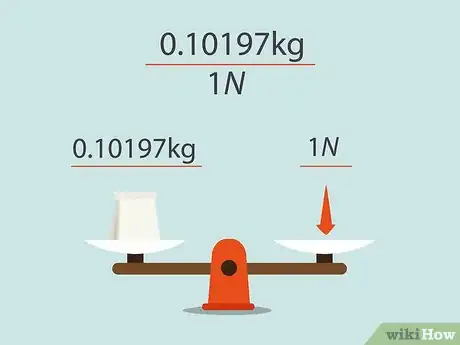




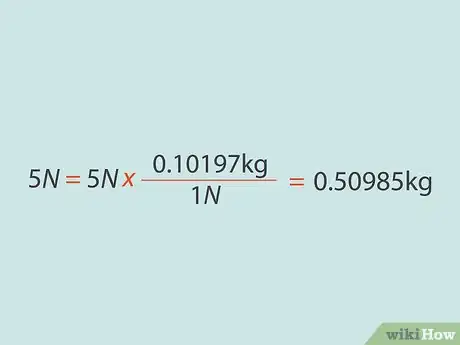

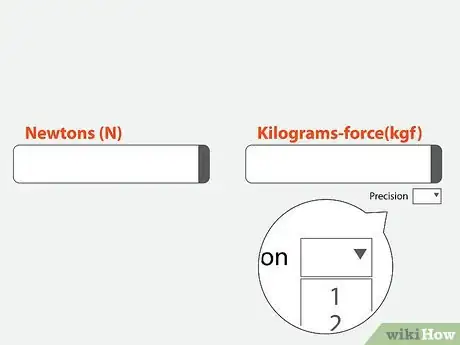


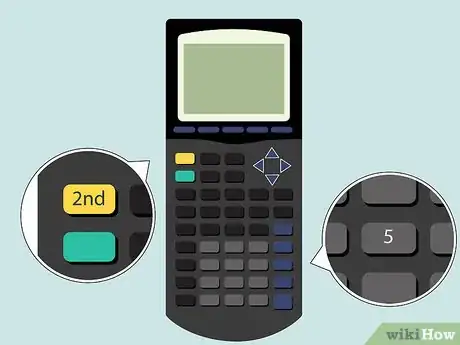
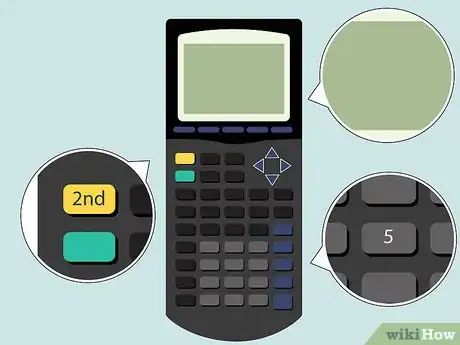

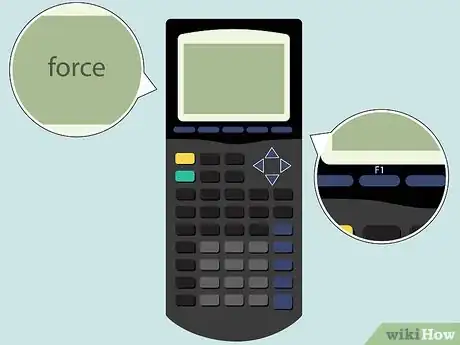
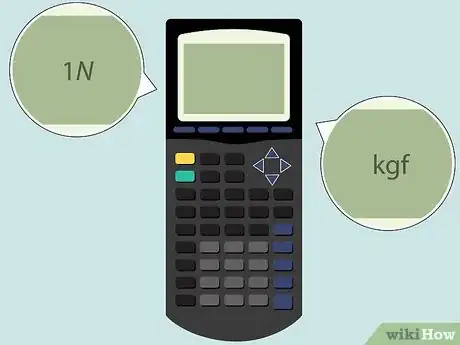
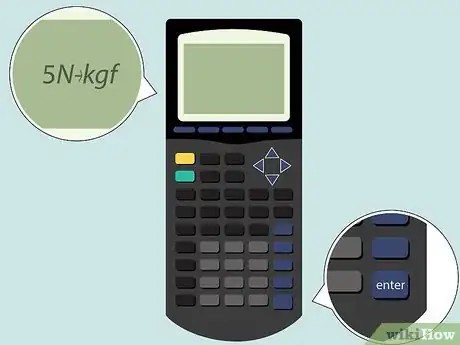
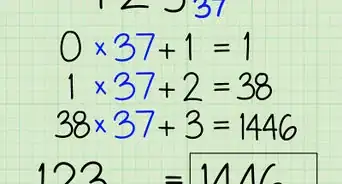
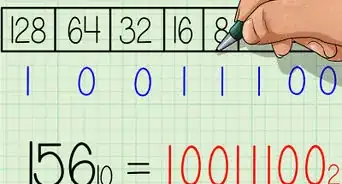
-to-Grams-(g)-Step-8-Version-5.webp)
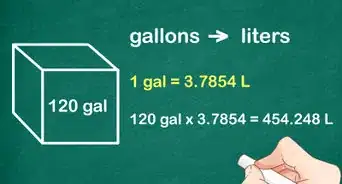
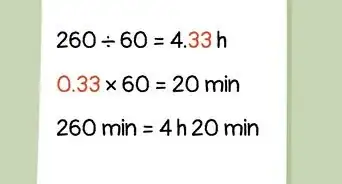
-to-Fahrenheit-(°F)-Step-6-Version-2.webp)
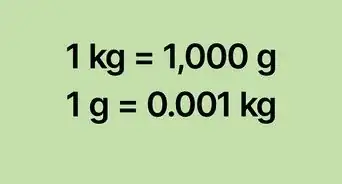

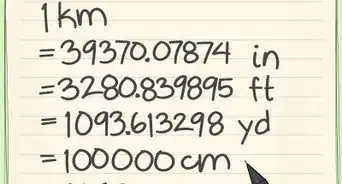

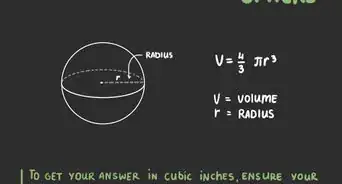
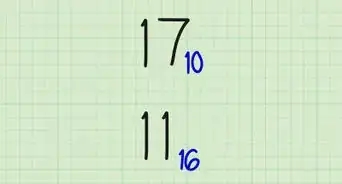
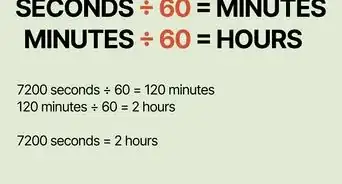
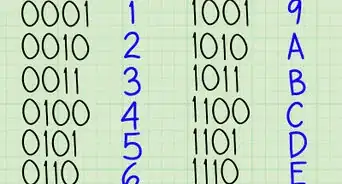








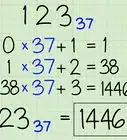

-to-Grams-(g)-Step-8-Version-5.webp)
